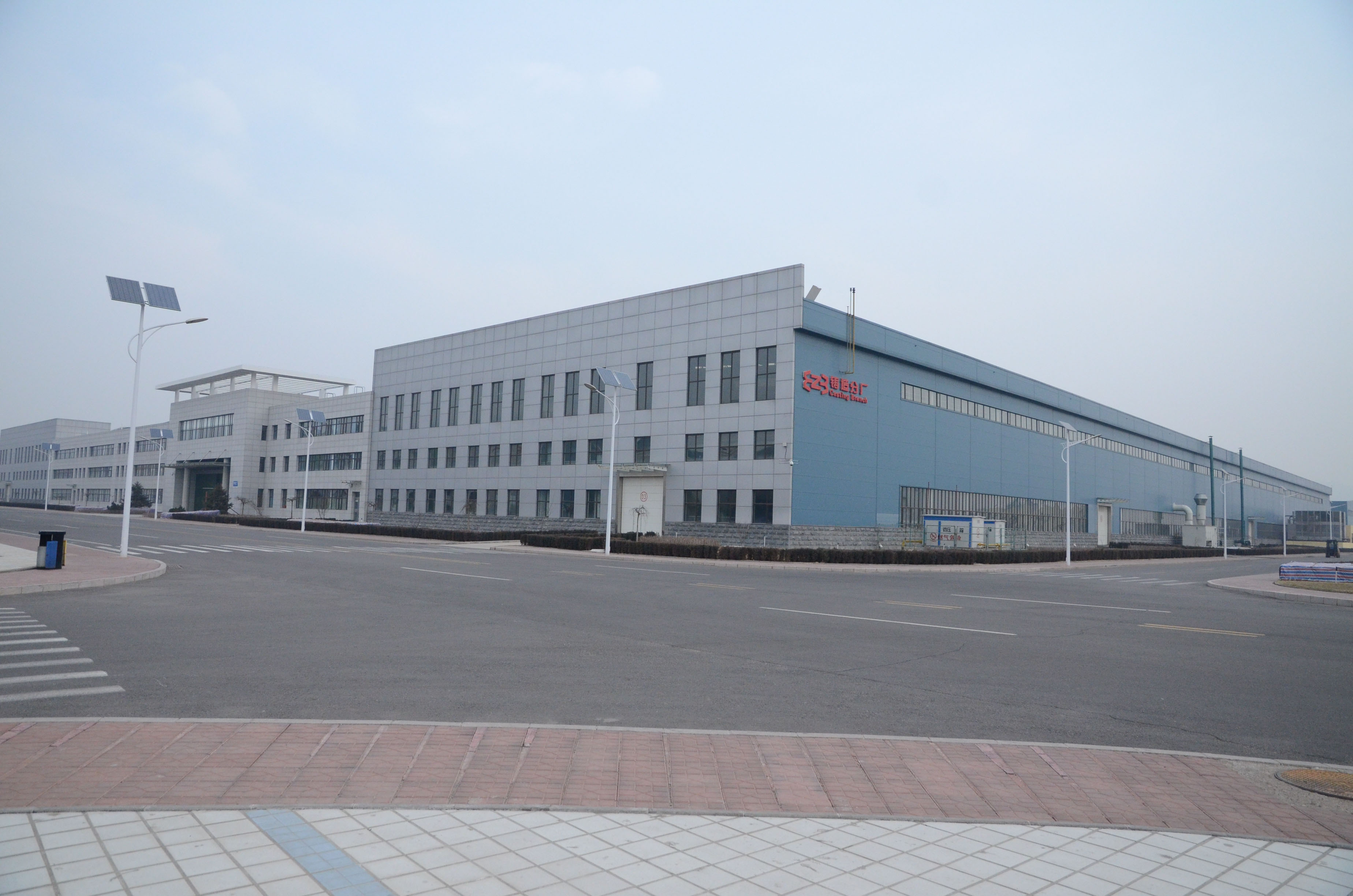- Afrikaans
- Albanian
- Amharic
- Arabic
- Armenian
- Azerbaijani
- Basque
- Belarusian
- Bengali
- Bosnian
- Bulgarian
- Catalan
- Cebuano
- China
- China (Taiwan)
- Corsican
- Croatian
- Czech
- Danish
- Dutch
- English
- Esperanto
- Estonian
- Finnish
- French
- Frisian
- Galician
- Georgian
- German
- Greek
- Gujarati
- Haitian Creole
- hausa
- hawaiian
- Hebrew
- Hindi
- Miao
- Hungarian
- Icelandic
- igbo
- Indonesian
- irish
- Italian
- Japanese
- Javanese
- Kannada
- kazakh
- Khmer
- Rwandese
- Korean
- Kurdish
- Kyrgyz
- Lao
- Latin
- Latvian
- Lithuanian
- Luxembourgish
- Macedonian
- Malgashi
- Malay
- Malayalam
- Maltese
- Maori
- Marathi
- Mongolian
- Myanmar
- Nepali
- Norwegian
- Norwegian
- Occitan
- Pashto
- Persian
- Polish
- Portuguese
- Punjabi
- Romanian
- Russian
- Samoan
- Scottish Gaelic
- Serbian
- Sesotho
- Shona
- Sindhi
- Sinhala
- Slovak
- Slovenian
- Somali
- Spanish
- Sundanese
- Swahili
- Swedish
- Tagalog
- Tajik
- Tamil
- Tatar
- Telugu
- Thai
- Turkish
- Turkmen
- Ukrainian
- Urdu
- Uighur
- Uzbek
- Vietnamese
- Welsh
- Bantu
- Yiddish
- Yoruba
- Zulu
Aug . 17, 2024 09:32 Back to list
Exploring the Impact of Casting Product Factories on Manufacturing Efficiency and Quality
The Role of Casting Product Factories in Modern Manufacturing
Casting, a process that involves pouring molten material into a mold to create desired shapes, plays a crucial role in modern manufacturing. Casting product factories are at the forefront of this industry, providing essential components for various sectors including automotive, aerospace, construction, and consumer goods. This article explores the significance of casting product factories, their processes, innovations, challenges, and future potential.
At the heart of casting product factories lies a complex interplay of technology, craftsmanship, and engineering. These factories utilize various casting techniques, including sand casting, investment casting, die casting, and lost foam casting, each suitable for specific applications. Sand casting, for instance, is favored for its versatility and cost-effectiveness, making it ideal for producing large-sized components. Investment casting, on the other hand, is renowned for its ability to create intricate designs with high precision, often used in aerospace applications, where component reliability is paramount.
The production process in a casting factory begins with the design phase, where engineers create detailed blueprints for the components. These designs are then translated into physical molds. The quality of the molds is pivotal, as they must not only withstand the high temperature of molten metals but also provide the precision required for the final products. After the molds are prepared, foundry workers pour molten metal – often aluminum, iron, or steel – into them. Once cooled and solidified, the cast components are removed, and further processing, such as machining or surface finishing, is undertaken to ensure they meet specific technical standards.
casting product factories

In recent years, advancements in technology have transformed casting processes. Automation and computer numerical control (CNC) machining have increased efficiency and accuracy, reducing waste and production costs. The introduction of 3D printing technology in mold-making has also revolutionized the industry, allowing for rapid prototyping and the production of complex geometries that were previously impossible to achieve. These innovations not only streamline operations but also enhance design flexibility, enabling manufacturers to respond swiftly to market demands.
Despite these advancements, casting product factories face several challenges. Environmental regulations are becoming increasingly stringent, pushing manufacturers to adopt more sustainable practices. This includes minimizing waste, improving energy efficiency, and reducing emissions during the casting process. Additionally, the industry is grappling with a skilled labor shortage, as experienced craftsmen retire, leaving gaps that need to be filled by a new generation of workers. As a response, many casting factories are investing in training programs to equip young professionals with the necessary skills and knowledge.
Looking ahead, the future of casting product factories appears promising. The rise of electric vehicles, renewable energy systems, and smart manufacturing technologies offers new opportunities for casting manufacturers. Components for lightweight and high-strength applications are in high demand, driving innovation in materials and processes. The integration of digital technologies, such as the Internet of Things (IoT) and artificial intelligence (AI), into casting operations is set to enhance productivity and quality control.
In conclusion, casting product factories are a vital component of the manufacturing landscape, providing essential parts for a wide array of industries. With ongoing technological innovations, these factories are well-positioned to meet the evolving demands of the market while tackling challenges related to sustainability and workforce development. As the industry continues to adapt and evolve, casting will undoubtedly remain a cornerstone of modern manufacturing, capable of producing complex and reliable components that drive progress across various sectors.
-
Premium Cast Iron Water Main Pipe: Durable, Corrosion-Resistant
NewsAug.03,2025
-
Durable Cast Iron Water Mains | AI-Optimized Systems
NewsAug.02,2025
-
High-Efficiency Propane Boiler for Baseboard Heat | Save Energy
NewsAug.01,2025
-
Premium Source Suppliers for Various Gray Iron Castings
NewsJul.31,2025
-
Durable Cast Iron Water Main Pipes | Long-Lasting
NewsJul.31,2025
-
High-Quality Cast Iron Water Main Pipe for Durable Infrastructure
NewsJul.30,2025


